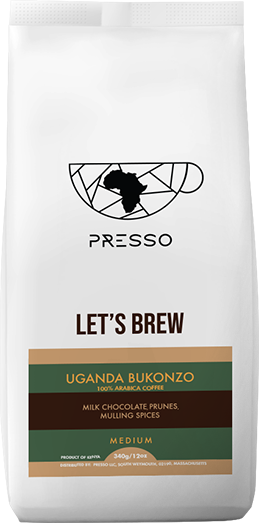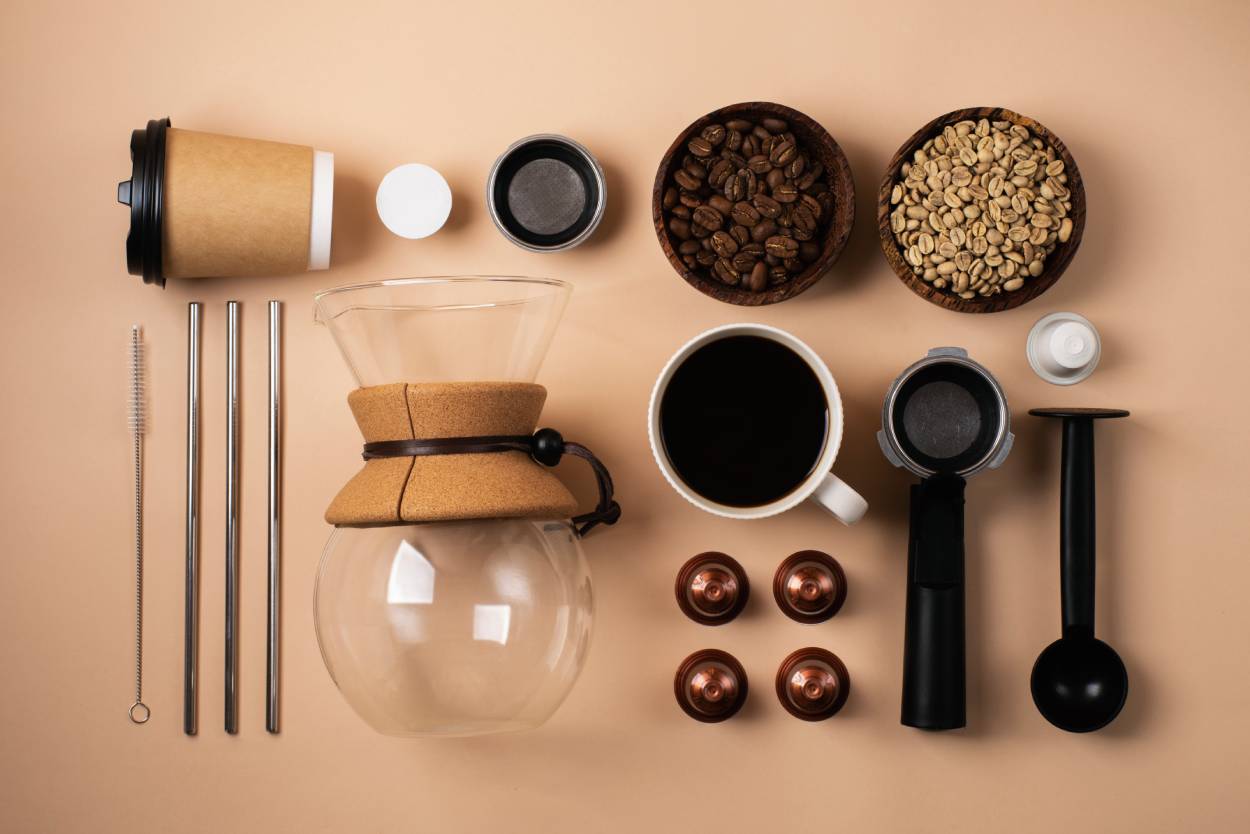
The Role of Acidity in Coffee: Why Some Brews Taste Brighter
The Role of Acidity in Coffee: Why Some Brews Taste Brighter
- Adam Smith
- 08-04-2025
- 29-07-2025
- 1441 views
- Featured Articles

Coffee isn’t just a wake-up call in a cup; it’s a complex beverage full of character, nuance, and chemistry. One of the key components that shapes the taste of your coffee is acidity. Not to be confused with bitterness or sourness, acidity in coffee is a desirable trait that adds brightness, liveliness, and a crisp, clean finish. But what exactly is coffee acidity, and why does it matter?
In this blog, we’ll explore the science behind coffee acidity, the types of acids found in coffee, how brewing methods influence acidity, and how you can identify and appreciate acidic notes in your daily cup.
What Is Acidity in Coffee? In the world of coffee tasting, acidity refers to the bright, tangy, and sometimes fruity notes that give coffee a vibrant flavor profile. It is often associated with high-quality Arabica beans and is considered a mark of a well-balanced, specialty coffee.
Think of acidity in coffee like the zest in a lemon or the snap in a green apple. It doesn’t make the coffee sour; instead, it enhances complexity and makes the flavor more engaging.
The Chemistry Behind Coffee Acidity Coffee beans contain a range of organic acids that contribute to their taste. Here are some of the most common:
- Citric Acid: Found in citrus fruits, this acid adds a pleasant lemon or orange-like tang to the cup.
- Malic Acid: Associated with apples and pears, it offers a tart, fruity taste.
- Acetic Acid: When balanced, it provides a vinegary sharpness that can be refreshing.
- Phosphoric Acid: Often found in African coffees, it imparts a sparkling, cola-like acidity.
- Chlorogenic Acids: These break down during roasting and can contribute to bitterness if over-roasted but also play a role in brightness when properly developed.
The balance and presence of these acids are influenced by a variety of factors, from the origin and varietal of the bean to the processing method and roast level.
How Roast Level Affects Acidity Roasting coffee dramatically alters its acidity. Here’s how:
- Light Roast: Retains most of the bean’s original acidity, offering a bright and complex profile.
- Medium Roast: Strikes a balance between acidity and sweetness, ideal for those who want a bit of both.
- Dark Roast: Tends to mute acidity, bringing out more bitter and caramelized notes.
If you enjoy tangy, fruity notes, light roasts are your best bet.
Brewing Methods and Their Impact Different brewing techniques emphasize acidity in various ways:
- Pour-Over (e.g., V60, Chemex): Highlights acidity and clarity, especially with lightly roasted beans.
- Aeropress: Can be fine-tuned to enhance acidity depending on the grind size and brew time.
- Espresso: Concentrated brewing can emphasize or overpower acidity depending on extraction.
- Cold Brew: Typically low in acidity due to the long, cold extraction process.
Water quality and temperature also play a role. Soft water tends to bring out more acidity, while hard water can flatten the flavor.
Coffee Origins and Acidity Profiles Geographic origin plays a huge role in determining acidity levels:
- African Coffees (Ethiopia, Kenya): Known for high acidity with bright citrus and floral notes.
- Central American Coffees (Costa Rica, Guatemala): Often offer balanced acidity with fruity and chocolatey undertones.
- South American Coffees (Colombia, Brazil): Tend to be smoother with mild acidity.
- Asian Coffees (Sumatra, India): Generally lower in acidity, with earthy and herbal notes.
How to Taste and Appreciate Acidity When tasting coffee, try these steps to detect acidity:
- Slurp: Yes, slurping helps spread coffee across your palate.
- Identify the sensation: Look for crispness or tartness.
- Note the flavor association: Does it remind you of citrus, berries, apples?
Try comparing two coffees side by side—one with high acidity and one with low—to train your palate.
Final Thoughts Acidity in coffee is not a flaw—it’s a feature. When balanced with other elements like sweetness and body, it can elevate a cup from ordinary to extraordinary. Whether you’re just starting your coffee journey or already a seasoned sipper, paying attention to acidity will deepen your appreciation of what makes coffee so special.
So next time you sip a fruity Ethiopian or a crisp Costa Rican, savor that bright sparkle. That’s acidity doing its magic.






















